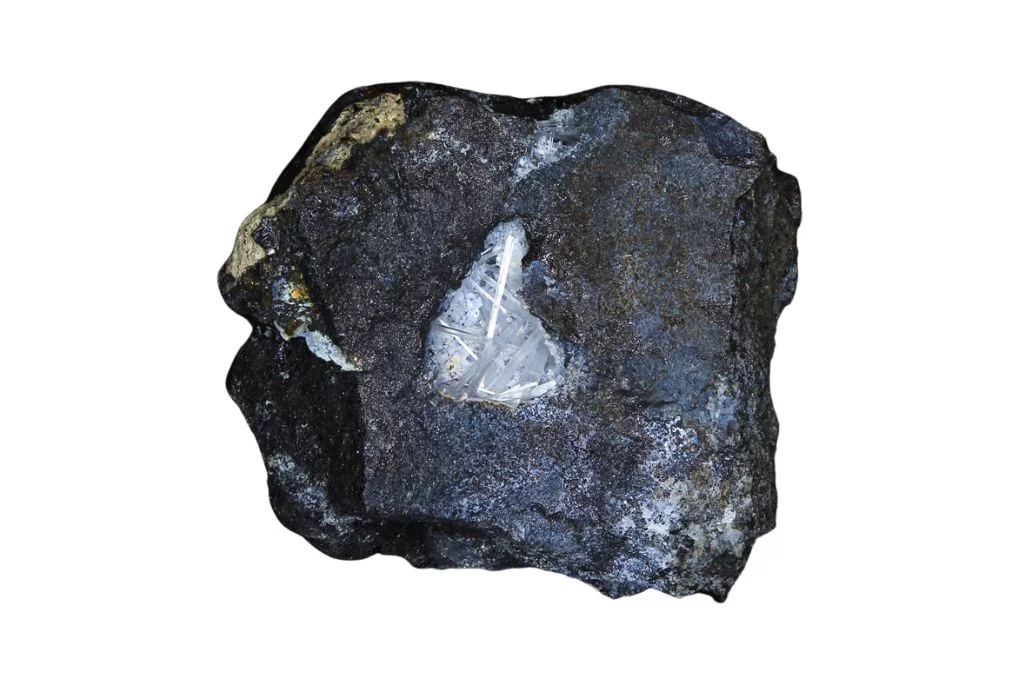Color and Appearance of Barstowite
Barstowite is a striking mineral known for its vibrant blue color, which can range from a light sky blue to a deep azure. This eye-catching hue is one of its most distinguishing features, making it highly sought after by mineral collectors and enthusiasts. The intensity of the blue coloration can vary depending on the specific chemical composition and formation conditions of the crystal.
Crystal Structure
Barstowite typically forms in prismatic crystals, which are elongated and have a distinctive columnar shape. These crystals often grow in clusters or radiating groups, creating visually appealing specimens. The mineral belongs to the monoclinic crystal system, characterized by three unequal axes with one oblique intersection. This structural arrangement contributes to its unique physical properties and growth patterns.
Notable Physical Characteristics
One of the most remarkable aspects of Barstowite is its perfect cleavage in one direction, which means it can be easily split along a specific plane. This property gives the mineral a somewhat fibrous appearance and can result in silky or pearly luster on cleavage surfaces. Additionally, Barstowite exhibits a vitreous to pearly luster on other faces, enhancing its overall aesthetic appeal.
Unique Features
What truly sets Barstowite apart is its rarity and limited occurrence. It is found in only a handful of locations worldwide, with the type locality being the Calico Mountains in San Bernardino County, California. This scarcity, combined with its striking blue color and interesting crystal formations, makes Barstowite a prized addition to mineral collections. Furthermore, its association with other rare minerals in its formation environments adds to its geological significance and appeal to researchers and collectors alike.
Historical and Cultural Significance of Barstowite
Barstowite, a rare mineral discovered in the early 20th century, holds limited historical significance due to its scarcity. Named after the American mineralogist George P. Barstow, this mineral has primarily been of interest to scientists and collectors. While not widely known in popular culture, barstowite has gained recognition within geological circles for its unique crystal structure and composition.
Metaphysical Associations
In the realm of crystal healing and metaphysical practices, barstowite is sometimes associated with grounding energies and connection to the earth. Some practitioners believe it can enhance one’s ability to communicate with nature spirits and elementals. Additionally, it is thought to promote a sense of stability and balance, making it a potentially valuable tool for meditation and spiritual work.
Common Uses and Applications
Due to its rarity, barstowite is not widely used in industrial or commercial applications. However, it holds value in scientific research, particularly in the study of mineral formation and crystallography. Collectors prize specimens of barstowite for their unique appearance and geological significance. In alternative healing practices, small quantities of barstowite may be incorporated into crystal grids or carried as a talisman for its perceived metaphysical properties.
Benefits and Healing Properties
While scientific evidence is lacking, proponents of crystal healing attribute several benefits to barstowite. It is believed to aid in emotional healing, particularly in overcoming feelings of instability or disconnection. Some claim that working with barstowite can enhance one’s intuition and psychic abilities, facilitating a deeper understanding of the natural world. Additionally, it is thought to provide protection against negative energies and promote a sense of inner peace and harmony.

